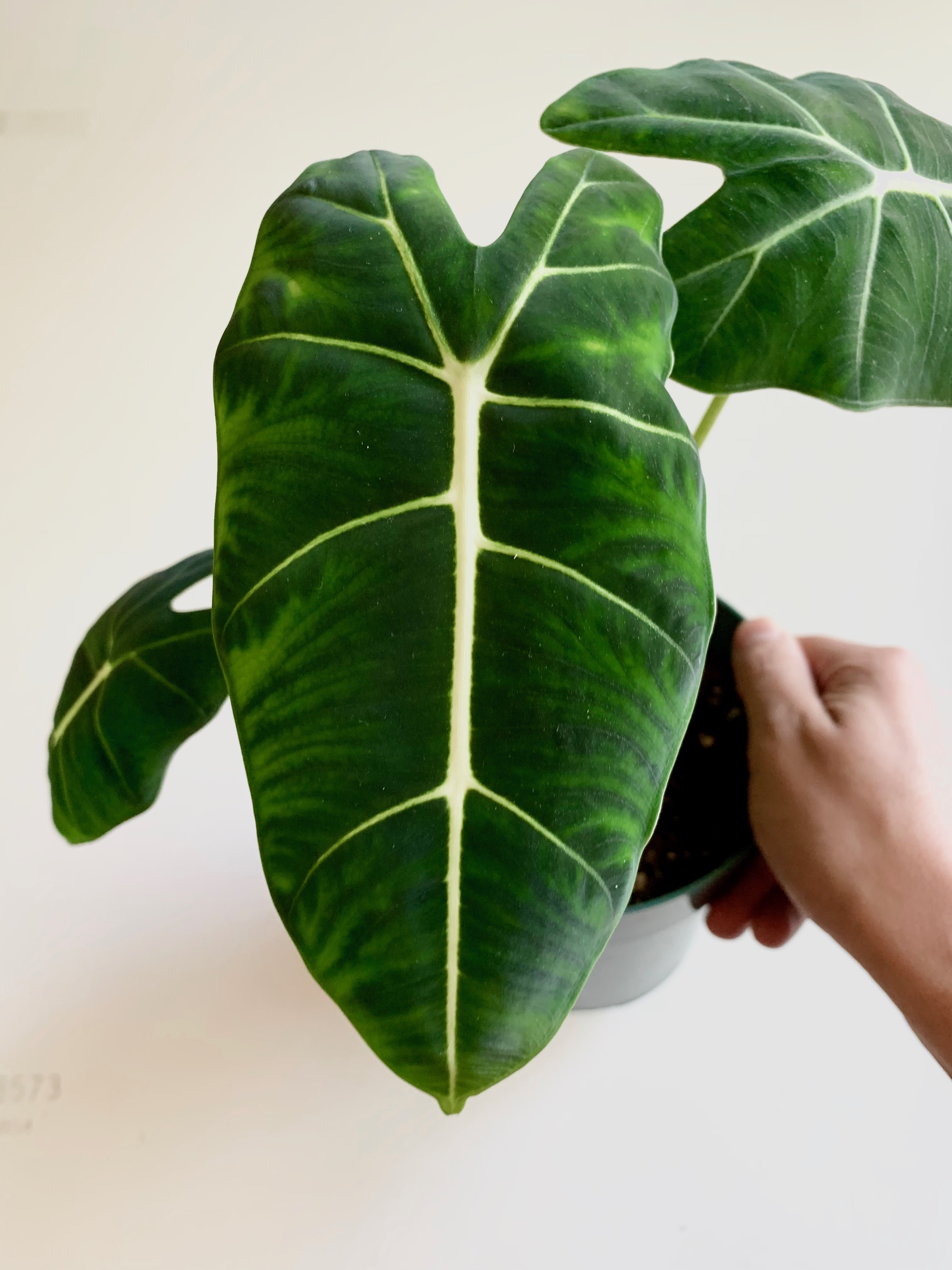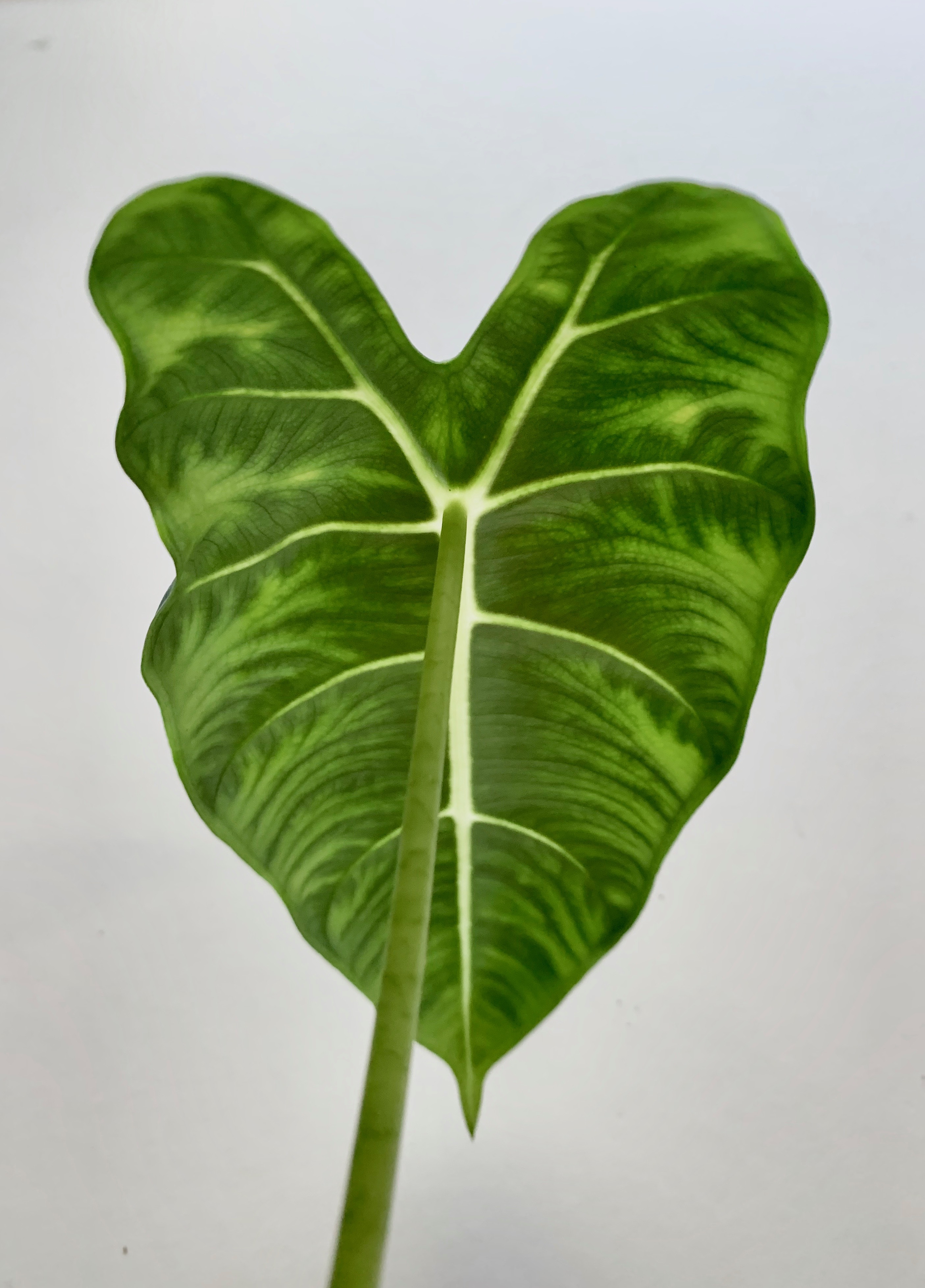Top Five To Thrive - Houseplant Basics

1. LIGHT
All plants need sunlight or an artificial light source. The amount required will depend on the individual plant. Plants require light to photosynthesize and grow. When light reaches a plants foliage, it is absorbed by a part of the leaf cell named chloroplast, where it is used to make glucose. Glucose is the primary energy source plants use to grow. For this reason, it is very important to choose a location that has adequate lighting for your houseplant.
2. AIR
Air is another vital ingredient plants need to photosynthesize. Specifically the carbon dioxide in the air, it is combined with water to create glucose for the plant. In addition to using the carbon dioxide from the air to create food for itself, a plant will respire with air. Respiration is the process of breaking down molecules, such as glucose, for energy. It is also important that the roots of your plants receive enough air flow to avoid root rot or fungus growth.

3. WATER
Water is also required for the photosynthesis process. It travels from the roots all the way to the chloroplast in the foliage. Each plant has different watering needs, some will require consistently moist soil, while others need to dry out between waterings. If you have followed the first tip and done your research, you should know the needs of your plant. The best tool to keep your plants watering just right is a moisture meter that can easily tell you how dry your soil is. When repotting, remember the watering needs as well as it will dictate the type of soil you should use.
4. NUTRIENTS
There are three main nutrients plants need in addition to light. These are nitrogen, phosphorus, and potassium. In nature, plants can get the right amount of nutrients from their soil. As houseplants, it is important to fertilize plants periodically to ensure the correct amount of nutrition is being provided. Fertilizing your plants can help them grow faster and larger. It will also keep the root system healthy.

5. SPACE
It is important to make sure your plants have proper space above and below the ground. When choosing a spot make sure there is plenty of room to grow and that the space is mostly free of drafts and temperature swings. Routinely check your plants to ensure they are not root bound or in need of a larger pot. Fast-growing plants can also quickly overtake a moss pole or trellis. Depending on the desired look, many plants can be pruned to have a bushier fuller look and fit into a tighter space.
